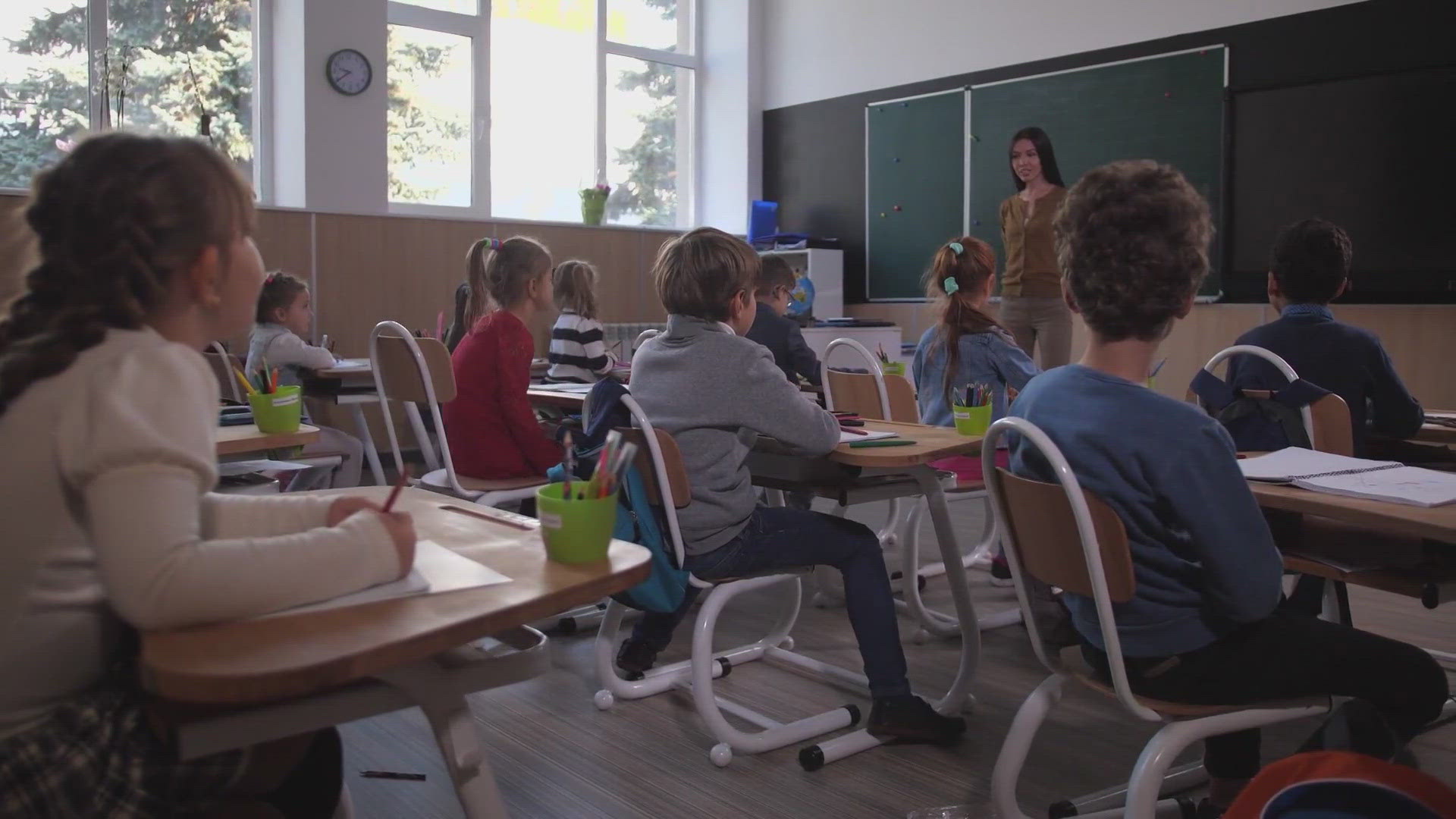UVALDE, Texas — A community healing from tragedy is working to stop more violent attacks before they start.
At the SSGT Willie de Leon Civic Center in Uvalde, more than 30 people are participating in behavioral threat assessment training this week.
“We have educators, representatives from our local college, corrections officers, juvenile and adult probation officers, state police, constable officers, EMS personnel,” said Mike Davis, the Assistant Chief of Police for the Uvalde Police Department.
The team is learning how to predict and prevent violence in the rural city.
“The team here has been in operation for a little over two years,” said Davis. “It started immediately after Robb. The unfortunate reality is there was a targeted attack here in Uvalde, so we want to take a prevention approach.”
In the hands-on course, Davis says participants review different scenarios and determine where a person is at on the pathway to violence.


“You hear instances where people say, ‘He changed his look,’ or ‘He started getting weapons,’ or ‘He started talking about end-of-life planning.’ Those are indicators,” said Davis. “We know the data suggests that there are behavior indicators in just about every targeted violent attack. Maybe people just didn’t know what to look for or didn’t feel comfortable about who to reach out to. Bystanders are not necessarily upstanders. We have been trained all of our lives to mind our own business and stay in our lane.”
Davis says the program creates a team of responders and normalizes reporting concerning or suspicious behavior to them.
“Our approach is not necessarily about arresting away a problem but putting these teams together to look at concerning behavior,” said Davis. “It’s about getting people the help they need. Law enforcement on the team may be able to work with the criminal justice system to court order some of the treatment that people may not be able to afford.”
The assistant chief of police is convinced this training has saved lives over the past two years.
“We are seeing great results," said Davis. "I cannot tell you that 100% of these people would have pulled the trigger, but we have definitely had individuals who said, ‘Thank you for caring about us.’ They expressed intent, were hopeless and felt like no one was paying attention. Sometimes offering help alone can off-ramp them."

